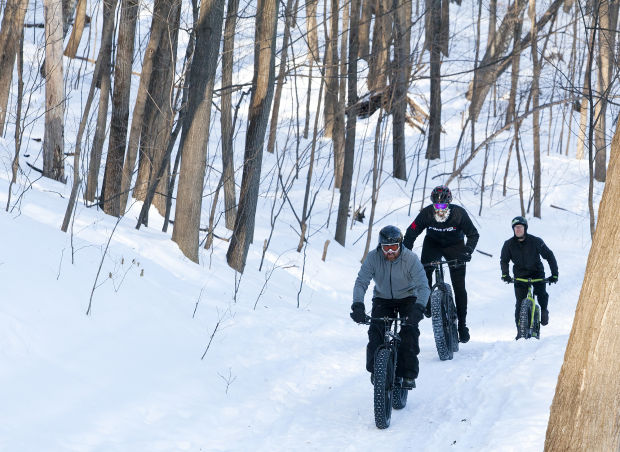Tag: Fat bikes in Idaho
-

Fat Bikes, A Fun Winter Activity
You’ve probably seen these in a bike shop, in a bike rack, or even hanging from the ceiling of a bar or restaurant and wondered what the heck? Known as “fat bikes,” rather than “fat tire” bikes, which was an early nickname for all mountain bikes. These bikes sport oversized balloon tires specially designed to…
